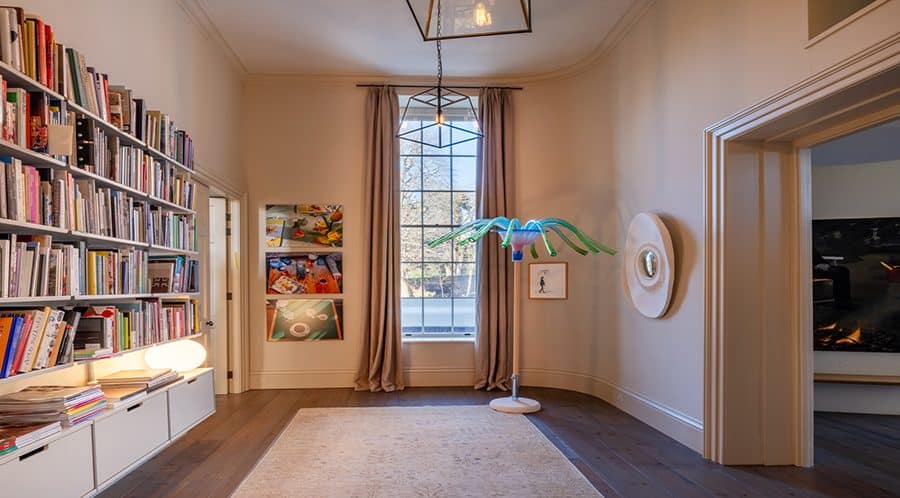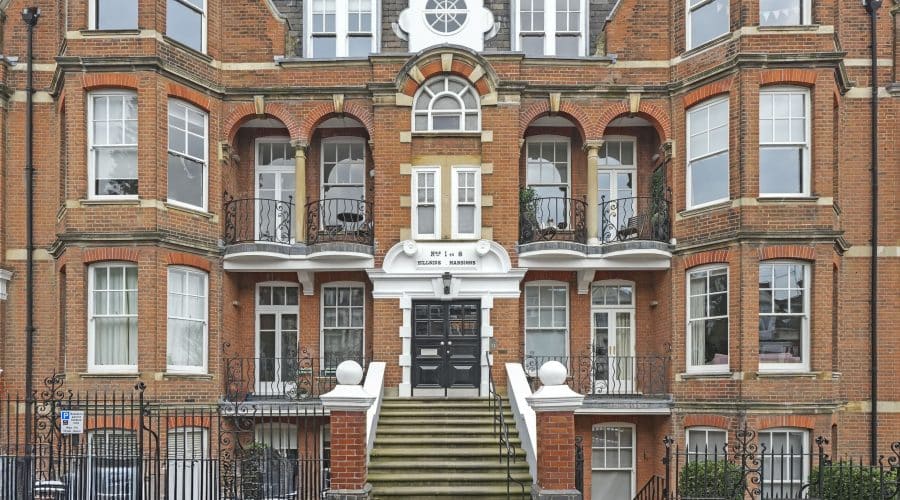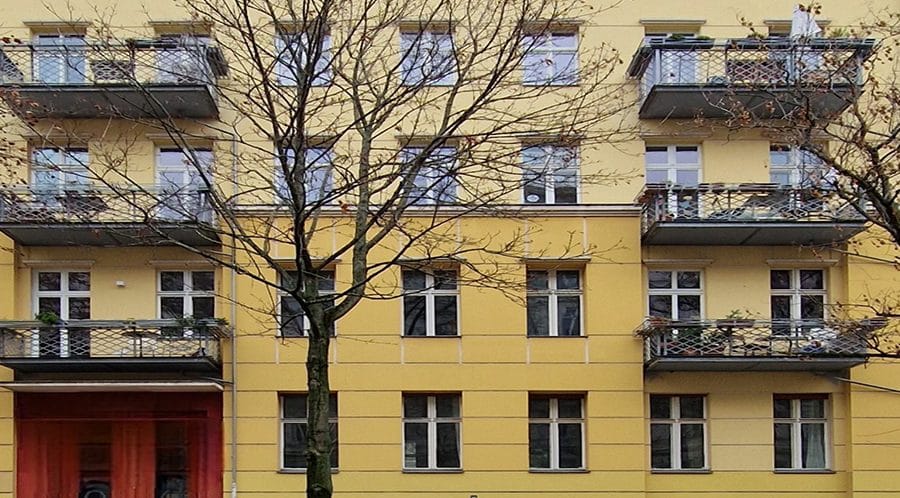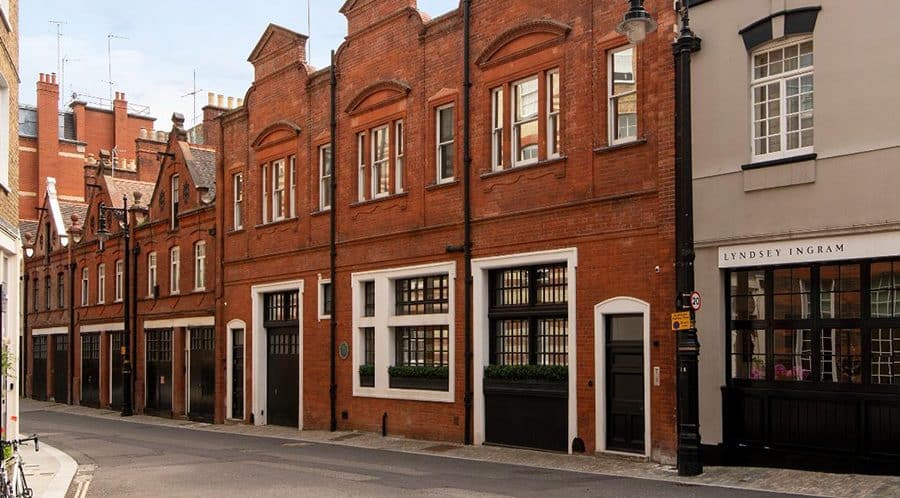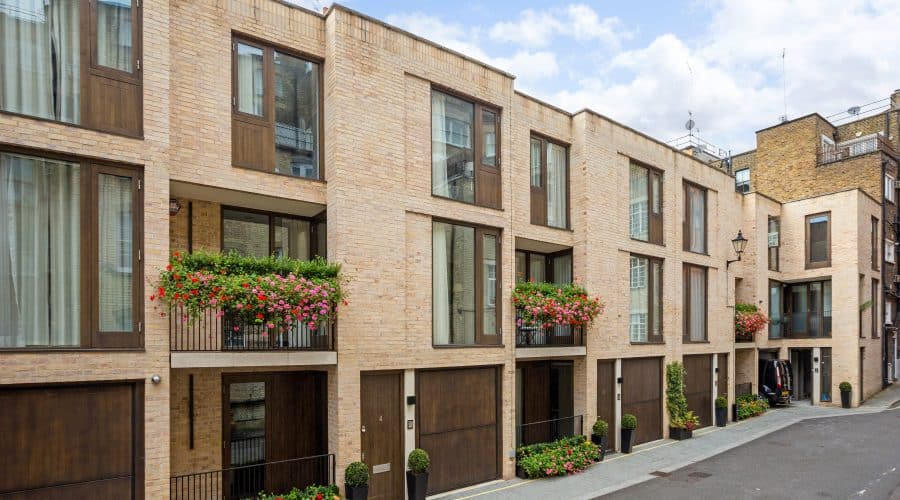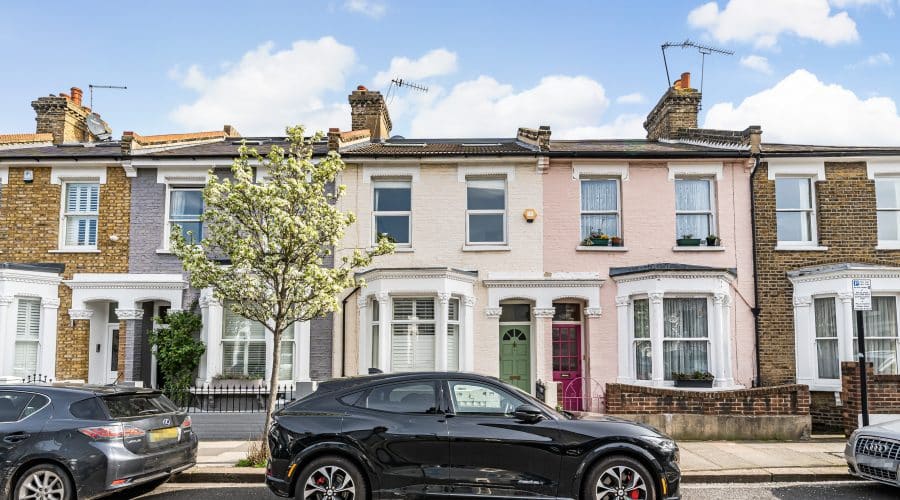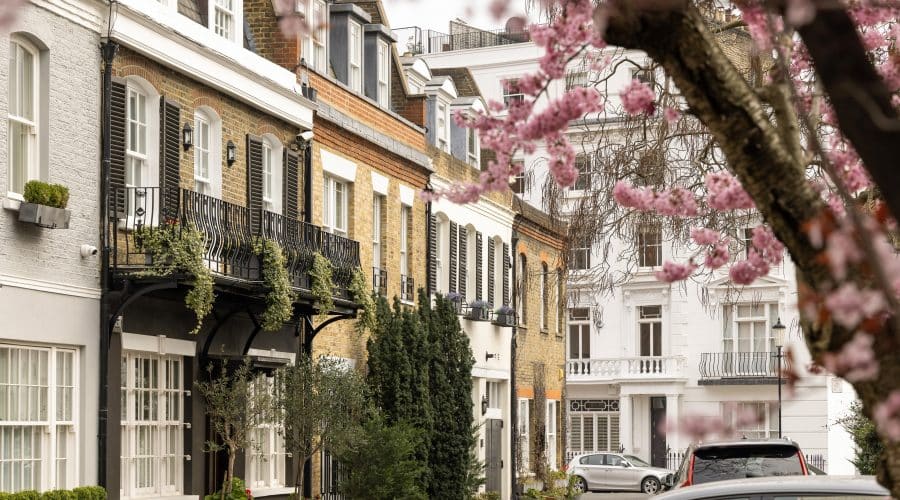By Emma Magnus
Photos of Rory and Charlotte’s north London flat, listed for sale in April, show the period features, the natural light, the terrace. But, in almost every photo, curled on the bed, peering down the hallway or standing in the kitchen, is a silent observer: their black cat Dusty.
“I said to the photographer that it would be nice to have Dusty on the bed, because that always looks cute. Then he took more photos of her,” says Charlotte, who did not want to give her last name. “We wanted to attract cat people, because we think cat people are good people.”
A week later, after the couple’s open house, the flat was under offer. Had Dusty helped with the sale?
“We think Dusty did help to sell the flat,” says her husband Rory. “She was a useful icebreaker because people would stroke her or ask about her, and they recognised her from the photos . . . She showed off the cat flap.”
Dusty is not the only pet to star in a property listing. On any property website, there are Labradors at front doors, tabbies on footstools, chihuahuas in gardens. “More often than not, it’s by accident,” says Phillippa Dalby-Welsh, head of Savills’ country department. “The photo shoot is happening, and the rogue Labrador suddenly makes an appearance.”
According to the veterinary charity People’s Dispensary for Sick Animals (PDSA), 53 per cent of UK adults are pet owners, following a post-pandemic boom. There has been a “general pet-friendly trend for the best part of five years,” says Dalby-Welsh, with increasing demand for pet features — kennels, dog showers — and more marketing directed at animal lovers.
In January, Bristol-based estate agency Boardwalk ran a billboard campaign that pictured a couple on their sofa, their cocker spaniel sandwiched between them. “It went down a treat. We’ve even had people taking pictures in front of it,” says Tom Lack, Boardwalk’s creative director. Boardwalk’s April campaign, which did not feature an animal, didn’t have the same success. “It got vandalised. It’s amazing what a pet can do.”
Lack argues that pets help add life to listings (sites such as Rightmove and Zoopla do not allow images of people). “Buying a house is an emotional thing,” he says. “A pet within a house brings it to life . . . It helps to build an instant interest beyond bricks and mortar.”
We wanted to attract cat people, because we think cat people are good people
Dalby-Welsh agrees. “If you’ve got a miniature wire-haired dachshund and the person selling the house has a miniature wire-haired dachshund, then you might think, ‘they’re somebody like us.’”
Of course, there are drawbacks: the smell, the hair, the potential damage to the property — and allergens. “If I knew before [that there was a cat in the property], I wouldn’t view it unless I was doing a complete refurb,” says Linda Webb, who is allergic to cats.
Webb has been stung twice in the past: she bought a rental property in Liverpool where the floorboards, she discovered, were saturated with cats’ urine and needed to be replaced. At another rental property she owns, also in Liverpool, a tenant’s cats caused similar damage. “It cost us £2,500 in new carpets and repainting. It was disgusting.”
Webb runs a property staging company that prepares homes for sale, and always gives the same advice: remove all evidence of pets. “I don’t think pets sell a property. They may appeal to some people, but you’re narrowing it down to personal preference,” she says. “It’s about picturing yourself in a property — selling the dream. And if your dream doesn’t involve pets, you’ve lost it already.”
Joe Nutkins, who sold her house in Clacton in 2021, agrees. “It could attract your sort of person, but that might not be the right person to buy the house.” Nutkins had two terriers, two cockerels, 25 ducks, 35 chickens and three quails at the time of the sale, and diligently removed all traces of them from her house for the photos. “You didn’t even know there was an animal there.”
At the viewings, however, the dogs themselves were occasionally present. Nutkins — a dog trainer — felt that they helped bond with the buyer, who had recently lost his Cavalier King Charles Spaniel. “He could picture himself being there; he could see where our dogs slept and where we put their bowls. It gave him an idea of how he could fit a dog into the property. I think it did help.”
“I think pets give more of a human element to the property,” says Camilla Dell, founder of buying agency Black Brick. “It’s not this pristine show home that no one has ever lived in.”
But can all pets help to sell a home? “It’s mainly cats and dogs,” says Dell. “Anything violent or scary is a no.” The consensus is that there should not be too many; that they should be smaller and, preferably, fluffier.
Certainly, when James Bore recently listed his bungalow in Stanmore, London, he felt that his “fluff ball” ragdoll cat would represent the property better than his two Bengals. “The Bengals look like predators. The ragdoll looks like a Tribble,” says Bore. “If you try to photograph the two Bengals, they run up and sniff the camera, whereas the ragdoll will sit there happily.”
“We’ve had reptiles before, but they’re very hard to take pictures of,” says Lack. “If you’re trying to take a picture of a snake in a UV-lit tank in a basement, it’s not going to make the best picture, and I don’t think you’d feature it.”
Larger country homes are obvious choices for pets. But some argue they can also work their magic on smaller city properties. Bloom, a new luxury build-to-rent development in Nine Elms, London, has a pet station with water and treats in its reception, and services such as dog walking and a pet spa, complete with showers, pullout steps and hairdryers.
This is partly a response to rising demand. Chestertons, which describes itself as “London’s most pet-friendly estate agents”, has “outwardly promoted” pet-friendly rentals for three years, says Adam Jennings, head of lettings, and they encourage landlords to be open to pets. “Quite often, the best tenants have a pet,” says Jennings. “Statistically, they’ll stay for longer and they’ll keep the property really well.”
Rory and Charlotte received two offers on their flat, accepting the lower one from a couple, at £7,000 less. “We just preferred the couple and their vibe,” says Rory. “Part of that was how they treated Dusty.”
It would be a stretch to say that Dusty was the deciding factor. But sometimes, decisions about buying and selling a home are influenced by small, emotional triggers. And sometimes, it’s our pets that make all the difference.



